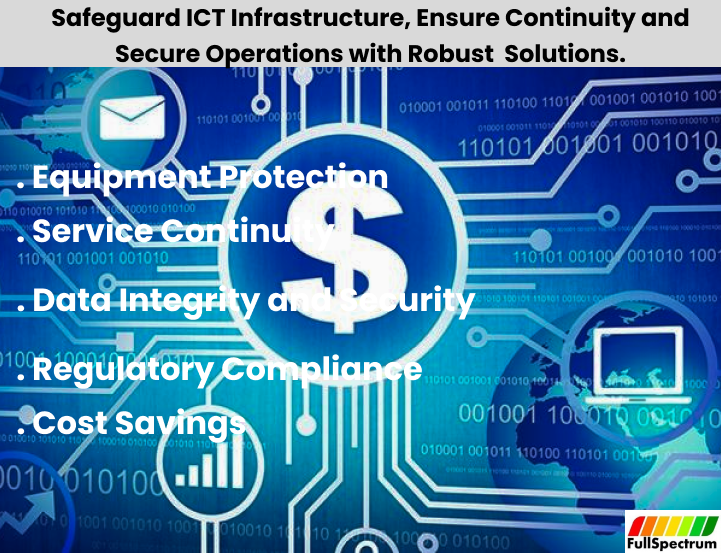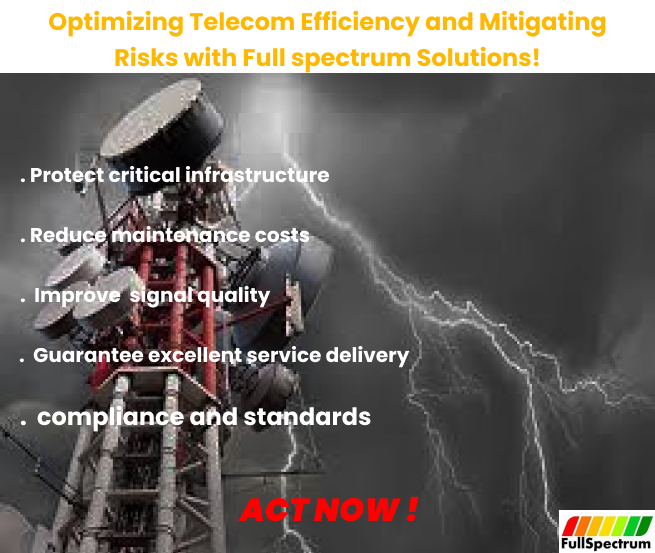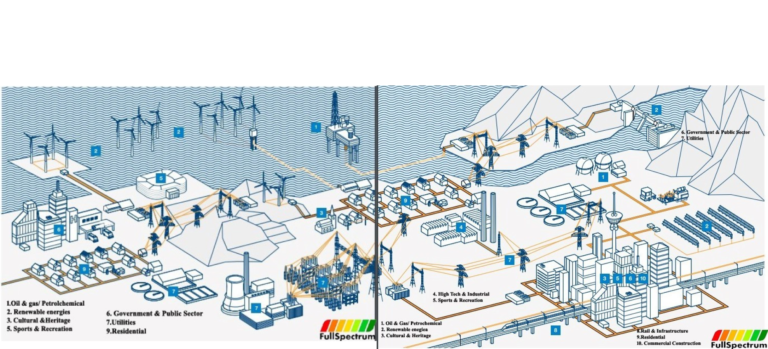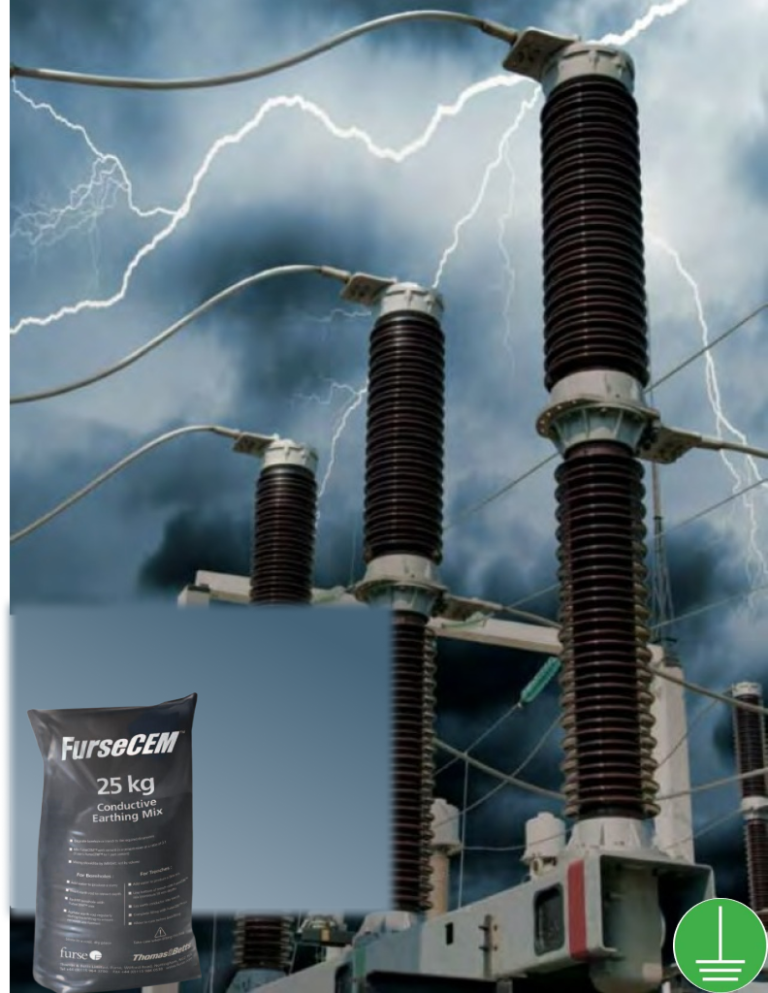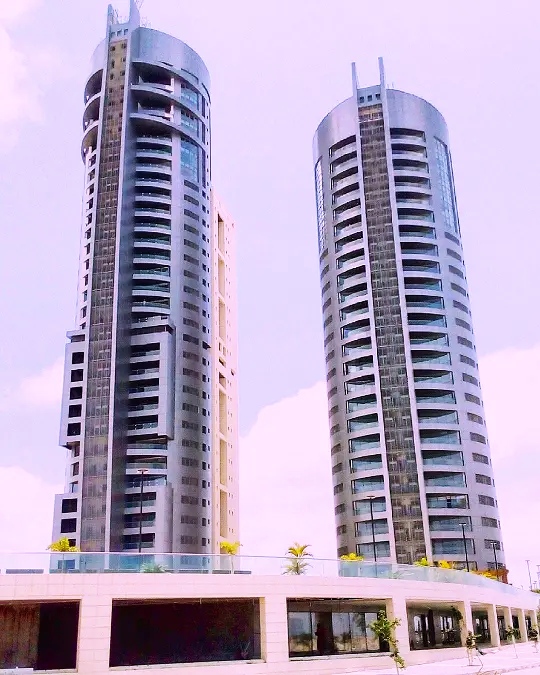Electronic systems have become central to virtually every aspect of our lives from PCs and building management systems in the office to automated petrol pumps and barcode scanners at the supermarket, factory, banking & financial institutions, aviation and much more.
Loss of these systems would cripple Industrial, Commercial and Government organizations alike.
The importance of Electronic Systems Protection, often referred to as Surge Protection, is now defined in many standards, including BS EN/IEC 62305 and BS 7671.
Indeed, BS EN/IEC 62305 requires integrated structural and surge protection. In effect structural lightning protection can no longer be considered in isolation to the protection of electronic systems.
Billions of US dollars are lost daily world-over, not mentioning downtime as a result of disruption in services and production. Frustrating personnel, customers and the attendant legal suits.
Today, we shall navigate you through the ABC….Z of surge protection in a nutshell. By priming you on what surges are, the causes, the threats, the benefits and the necessary protection you need.
Causes
Surges can be caused by:
- The secondary effects of lightning strikes

- The electrical switching of large inductive loads, (such as motors, transformers and welding equipment) or capacitive loads.

Devastating effects
Although they last only thousandths or millionths of a second, Surge can devastate modern electronic systems:
Disrupting systems operation
Degrading equipment components and circuitry
Destroying components, circuit boards and I/O cards
Causing costly and unnecessary system downtime.

Growing threat
The miniaturization of electronic components and circuits makes systems ever more susceptible to damage, and the growing use of electronic systems further increases our vulnerability to the effects of transients.

Systems at risk include PCs and data communication networks, PBXs, fire and bulgar alarms, telemetry and data acquisition, and CCTV equipment.
Risk assessment
To prevent lightning damage to electronic systems, structural lightning protection needs to be complemented with Surge protection.
If we use the lightning risk assessments in BS EN 62305 the risk of Surge damage to electronic systems inside a building is greater than the risk of damage to the building itself.
Protection benefits
Effective Surge protection can prevent:

- Lost or destroyed
- Equipment damage
- Loss of sales
- Health and safety hazards caused by plant instability, after loss of control.
When and where to protect
Surges are conducted into the sensitive circuitry of electronic equipment on power and data communication, signal and telephone lines. Protection is recommended for:
- All cables which enter or leave the building
- The power supply local to important equipment
- Electronic equipment outside the main building (s)
Protect incoming and outgoing electrical services
To protect the electronic equipment inside a building, all cables that enter or leave the building must be protected.
For each building protect incoming/outgoing:
- Mains power supplies (including UPS supplies)
- Data communication and local area network cables
- Signal, control, instrumentation and alarm lines
- CCTV, satellite, TV and antenna cables
- Telephone and telemetry lines.
Protect the power supply locally to important equipment
Protection at the main low voltage incomer (s) is necessary to prevent large transients from entering the building’s power distribution system, where they have far-reaching effects.
However, where the cable run to equipment exceeds approximately 20 metres, Surges may appear on the mains after the protector at the main low voltage incomer. These transients can result from:
- The electrical switching of large inductive loads
- A lightning strike to the building
- The natural inductance and capacitance of long cable runs
Therefore, mains protectors should be fitted close to important equipment.
Protect data lines locally
Generally, the biggest risk to data, signal, telecom and networking is associated with cables that enter and leave the building.
These should always be protected. However, data cables within a building can additionally have transients induced on to them when loops between data and power cables “pick up” voltages from the magnetic field caused by lightning strike.
BS EN 62305 advocates the use of metal in the structure and a Faraday Cage lightning protection scheme to help exclude magnetic fields.
Cable management practices also eliminate loops by routeing data and power cables along the same general path.
In these cases, the need for local data line protection is minimal. However, where these steps are not possible, data line protection, local to the equipment requiring protection, should be considered.
Protect Electronic Equipment outside the building
On-site or field-based electronic equipment with mains power, data communication, video, signal or telephone line inputs will need to be protected against surge.
It may be helpful to think of each equipment cabinet or cubicle as a separate building with incoming/outgoing cables to be protected.
Complementary techniques

As well as the use of Surge protectors, IEC /BS EN 62305 outlines additional protection techniques which can be used to help reduce the Surge threats.
In our subsequent publications, we shall demystify surge protection in details, guiding you through;
- The theory of surge protection
- The problems surges cause
- Is protection required?
- The protection technique and basic considerations
- Deployment of surge protectors
- Choosing and specifying protectors
- Effective installations technique
- And many more on surge protection in line with international best practices.
Saving money, Time and Downtime are just a few benefits of coming to FullSpectrum Energy Solutions.

With a technical collaboration with FURSE that showcases over 130 years experience & expertise of world leading Solutions in Earthing, Lightning & Surge Protection to relevant standards and International best practices.
Whenever, Wherever and Whatever the challenge.

Be assured that your reliable solution provider is only a call or click away.


Victor Oyedu, FNSE, FNIEEE, CPQ.
Power Quality and Energy Management Specialist.
Publisher at Afrienergyonline.com &
CEO, FullSpectrum Energy Solutions Limited, Nigeria.

